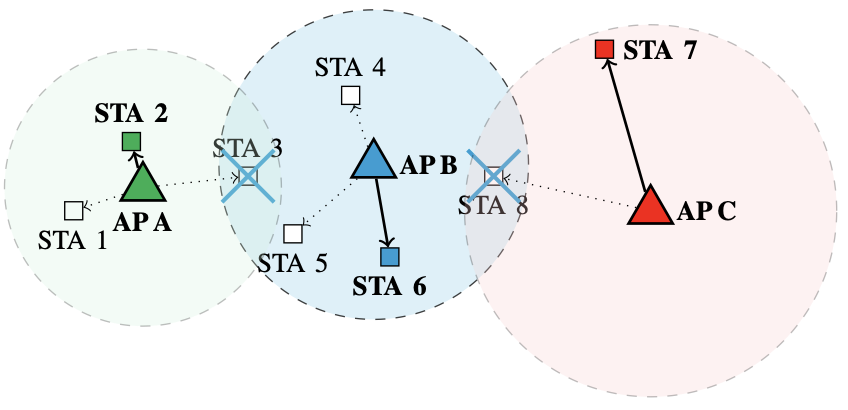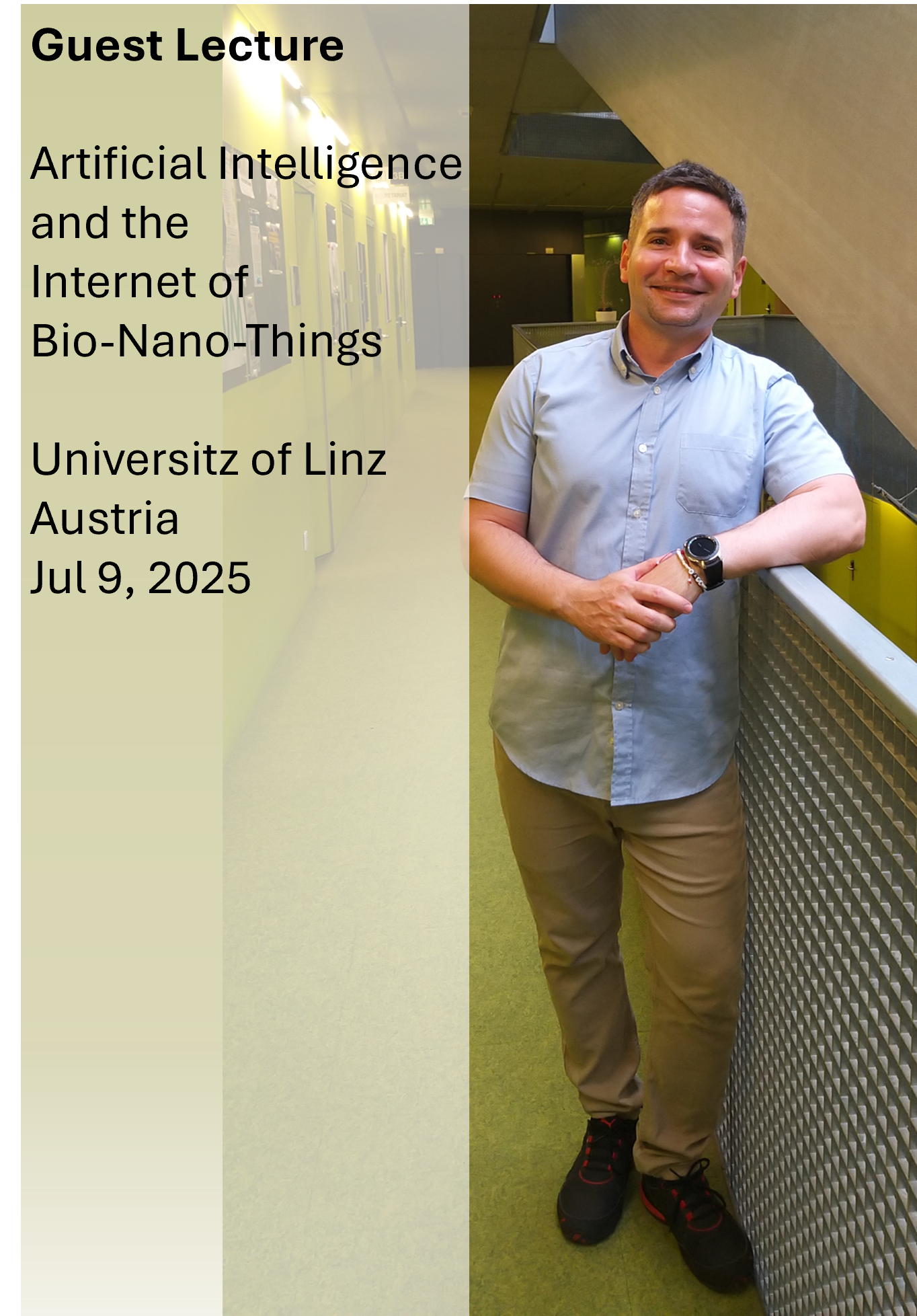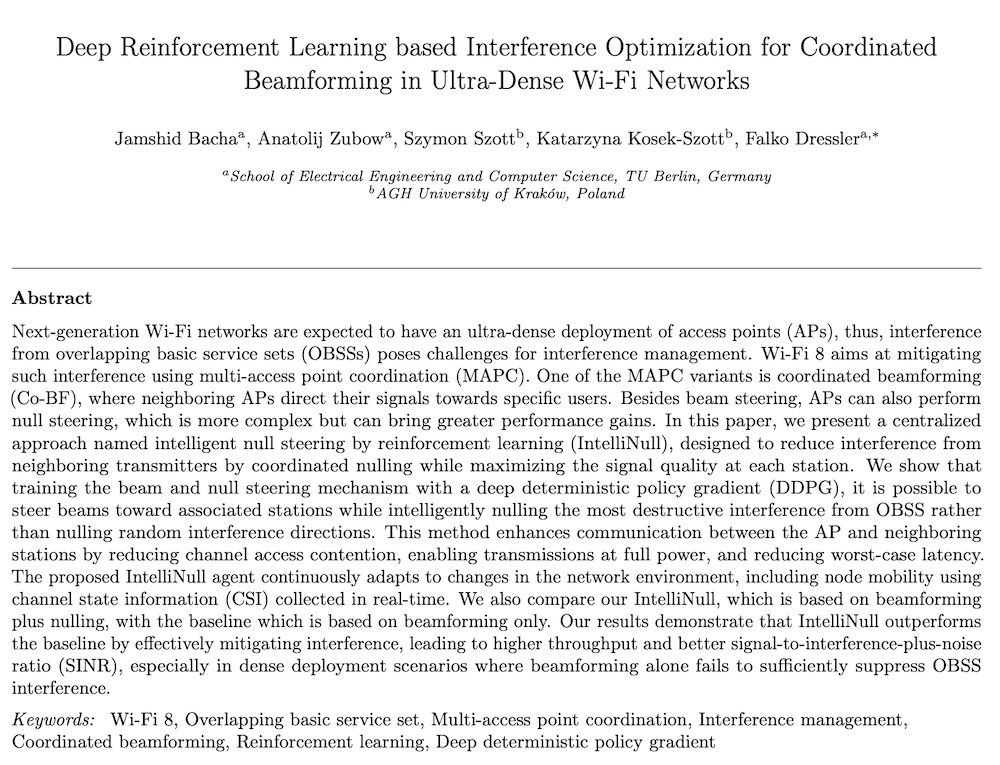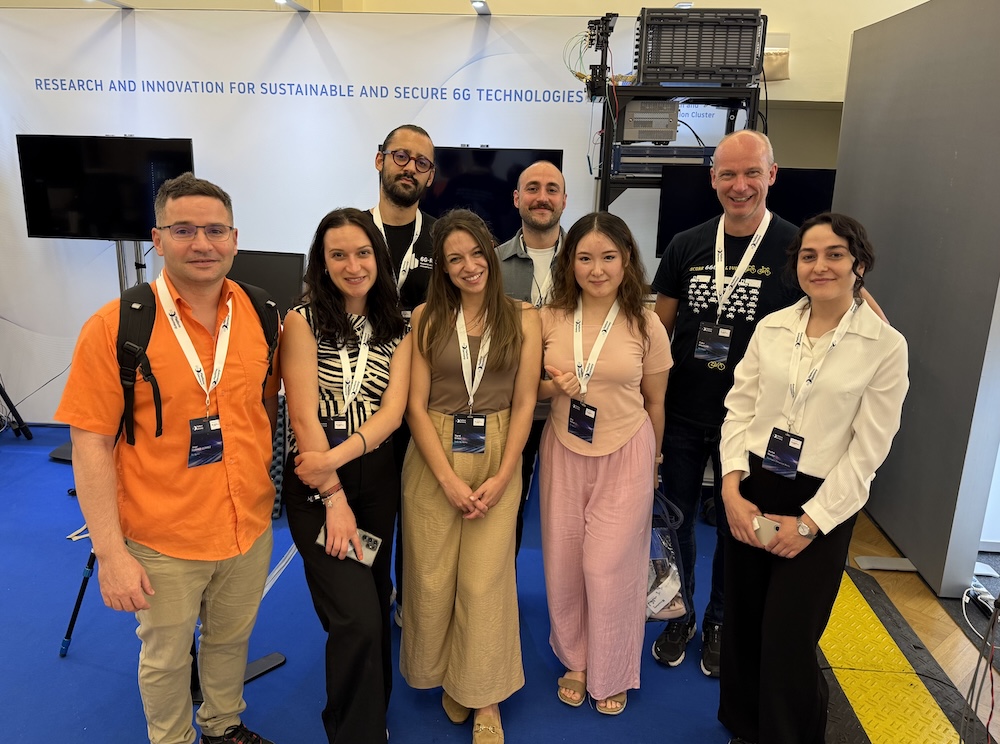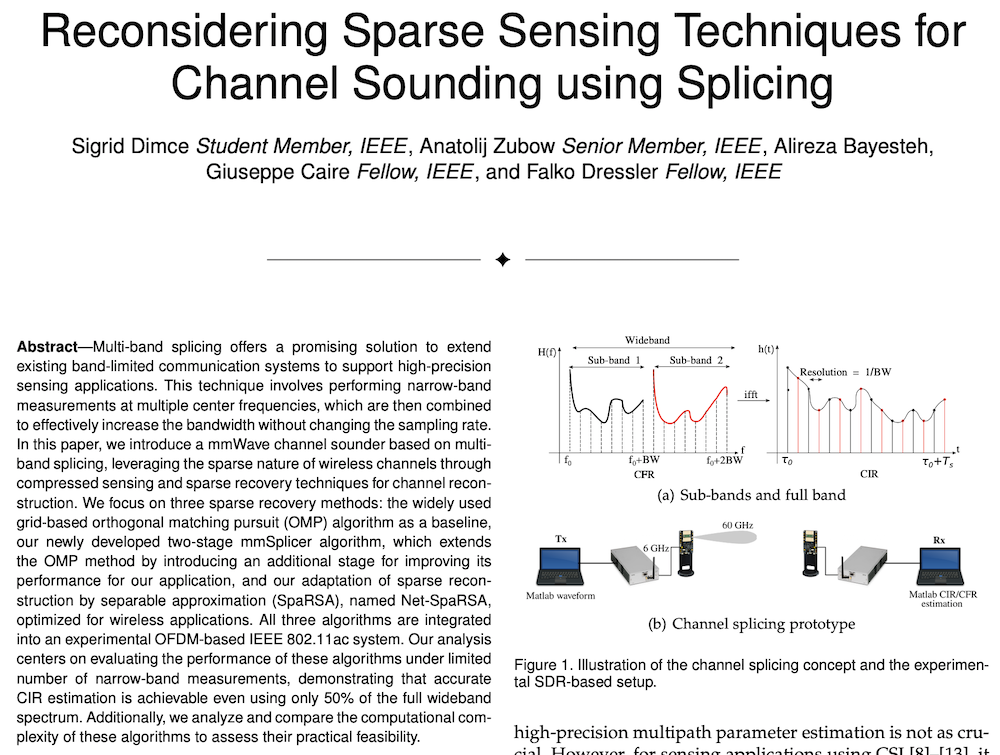Literature Database Entry
klingler2012multi-channel
Florian Klingler, "A multi-channel beacon scheduling system for the exchange of traffic information in vehicular networks," Master's Thesis, Institute of Computer Science, University of Innsbruck, August 2012. (Advisors: Falko Dressler and Christoph Sommer)
Abstract
Intelligent Transportation Systems (ITS) are the currently emerging technology to support handling the steadily increasing traffic volume on the roads. Typical applications which greatly benefit from Inter-Vehicular-Communication (IVC) are Traffic Information Systems (TIS), which provide traffic efficiency services like warnings about congestions and traffic jams. One way to exchange traffic information among vehicles is the usage of beacons which are small 1-hop broadcasts emitted in a periodic way. Accurate and timely information is necessary to help the driver to avoid traffic jams and prevent accidents. Periodic beaconing has the disadvantage that the trade off for both channel-utilization and speed of information-dissemination is not optimal for every combination of traffic density and network utilization. In other words, periodic beaconing suffers from massive packet-collisions in high traffic scenarios, whereas the speed of information-dissemination is not adjusted when the traffic density is low. To solve this problem, an adaptive beaconing protocol called ATB (Adaptive Traffic Beacon) was created recently which dynamically adapts the beacon interval in order not to overload the wireless channel. To further improve the scalability, it is necessary to take advantage of more than one wireless channel. For vehicular communication the IEEE 1609 (WAVE) Standard based on IEEE 802.11p has been developed, which provides one control and up to six data channels in the 5.85 GHz spectrum. The aim of this master thesis is, first, to study common multi-channel scheduling approaches and then to extend the currently available single-channel OMNeT++ simulation model of ATB with an multi-channel model using IEEE 1609.4 and IEEE 802.11p with packet prioritization mechanisms from IEEE 802.11e (EDCA). Measurements showed, that the developed multi-channel model of ATB with IEEE 802.11p and IEEE 1609.4 greatly reduce the observed packet collisions compared to the original single-channel version with IEEE 802.11b. Furthermore, algorithms help to evenly utilize the available service channels and EDCA additionally decreases collisions by distributing the beacons among several Access Categories with different priorities.
Quick access
Contact
BibTeX reference
@phdthesis{klingler2012multi-channel,
author = {Klingler, Florian},
title = {{A multi-channel beacon scheduling system for the exchange of traffic information in vehicular networks}},
advisor = {Dressler, Falko and Sommer, Christoph},
institution = {Institute of Computer Science},
location = {Innsbruck, Austria},
month = {8},
school = {University of Innsbruck},
type = {Master's Thesis},
year = {2012},
}
Copyright notice
Links to final or draft versions of papers are presented here to ensure timely dissemination of scholarly and technical work. Copyright and all rights therein are retained by authors or by other copyright holders. All persons copying this information are expected to adhere to the terms and constraints invoked by each author's copyright. In most cases, these works may not be reposted or distributed for commercial purposes without the explicit permission of the copyright holder.
The following applies to all papers listed above that have IEEE copyrights: Personal use of this material is permitted. However, permission to reprint/republish this material for advertising or promotional purposes or for creating new collective works for resale or redistribution to servers or lists, or to reuse any copyrighted component of this work in other works must be obtained from the IEEE.
The following applies to all papers listed above that are in submission to IEEE conference/workshop proceedings or journals: This work has been submitted to the IEEE for possible publication. Copyright may be transferred without notice, after which this version may no longer be accessible.
The following applies to all papers listed above that have ACM copyrights: ACM COPYRIGHT NOTICE. Permission to make digital or hard copies of part or all of this work for personal or classroom use is granted without fee provided that copies are not made or distributed for profit or commercial advantage and that copies bear this notice and the full citation on the first page. Copyrights for components of this work owned by others than ACM must be honored. Abstracting with credit is permitted. To copy otherwise, to republish, to post on servers, or to redistribute to lists, requires prior specific permission and/or a fee. Request permissions from Publications Dept., ACM, Inc., fax +1 (212) 869-0481, or permissions@acm.org.
The following applies to all SpringerLink papers listed above that have Springer Science+Business Media copyrights: The original publication is available at www.springerlink.com.
This page was automatically generated using BibDB and bib2web.

